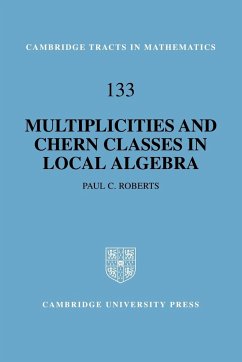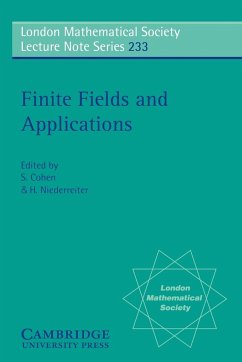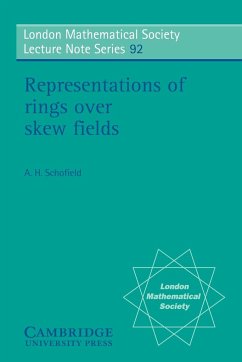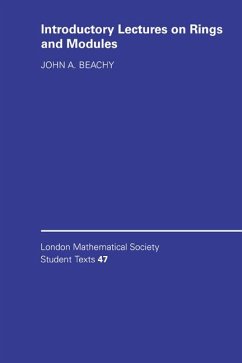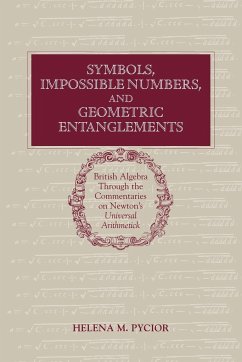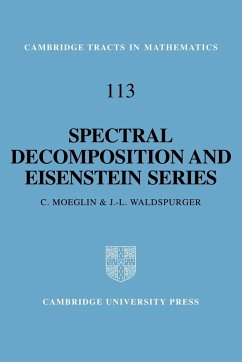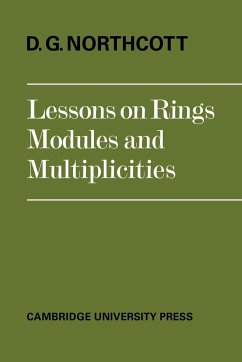
Local Fields

PAYBACK Punkte
47 °P sammeln!
The p-adic numbers, the earliest of local fields, were introduced by Hensel some 70 years ago as a natural tool in algebra number theory. Today the use of this and other local fields pervades much of mathematics, yet these simple and natural concepts, which often provide remarkably easy solutions to complex problems, are not as familiar as they should be. This book, based on postgraduate lectures at Cambridge, is meant to rectify this situation by providing a fairly elementary and self-contained introduction to local fields. After a general introduction, attention centres on the p-adic numbers...
The p-adic numbers, the earliest of local fields, were introduced by Hensel some 70 years ago as a natural tool in algebra number theory. Today the use of this and other local fields pervades much of mathematics, yet these simple and natural concepts, which often provide remarkably easy solutions to complex problems, are not as familiar as they should be. This book, based on postgraduate lectures at Cambridge, is meant to rectify this situation by providing a fairly elementary and self-contained introduction to local fields. After a general introduction, attention centres on the p-adic numbers and their use in number theory. There follow chapters on algebraic number theory, diophantine equations and on the analysis of a p-adic variable. This book will appeal to undergraduates, and even amateurs, interested in number theory, as well as to graduate students.
Table of contents:
Preface; Leitfaden; Notational conventions; 1. Introduction; 2. General properties; 3. Archimedean valuations; 4. Non archimedean valuations; 5. Embedding theorem; 6. Transcendental extensions; 7. Algebraic extensions; 8. p-adic fields; 9. Algebraic extensions; 10. Algebraic number fields; 11. Diophantine equations; 12. Advanced analysis; 13. A theorem of Borel and work; Appendices; References; Index.
The p-adic numbers, the earliest of local fields, were introduced by Hensel some 70 years ago as a natural tool in algebra number theory. This book is meant to rectify this situation by providing a fairly elementary and self-contained introduction to local fields. This book will appeal to graduate students.
This book provides a fairly elementary and self-contained introduction to local fields.
Table of contents:
Preface; Leitfaden; Notational conventions; 1. Introduction; 2. General properties; 3. Archimedean valuations; 4. Non archimedean valuations; 5. Embedding theorem; 6. Transcendental extensions; 7. Algebraic extensions; 8. p-adic fields; 9. Algebraic extensions; 10. Algebraic number fields; 11. Diophantine equations; 12. Advanced analysis; 13. A theorem of Borel and work; Appendices; References; Index.
The p-adic numbers, the earliest of local fields, were introduced by Hensel some 70 years ago as a natural tool in algebra number theory. This book is meant to rectify this situation by providing a fairly elementary and self-contained introduction to local fields. This book will appeal to graduate students.
This book provides a fairly elementary and self-contained introduction to local fields.





